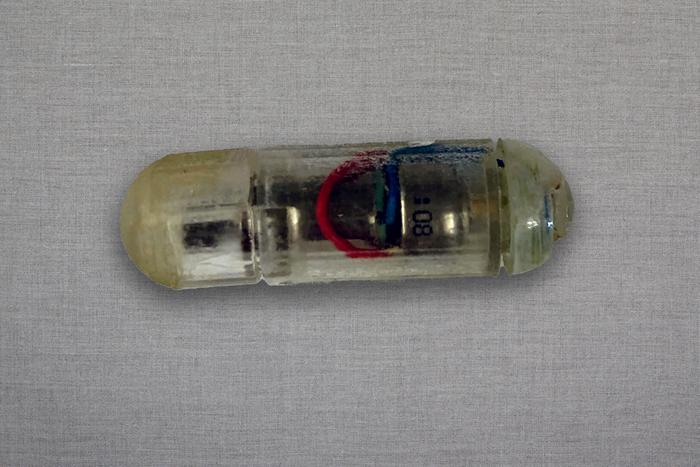Researchers have developed an ingestible capsule, which when ingested before a meal, vibrates in the stomach, sending signals to the brain to create an illusory sense of fullness and trick it to stop eating. The new capsule could emerge as a minimally invasive and cost-effective way to treat obesity.
Researchers from the Massachusetts Institute of Technology tested the new capsule on animals and found that when given 20 minutes before eating, it stimulated the release of hormones that signal satiety and reduced the animal’s food intake by about 40%. The results were published in the journal Science Advances.
“For somebody who wants to lose weight or control their appetite, it could be taken before each meal. This could be really interesting in that it would provide an option that could minimize the side effects that we see with the other pharmacological treatments out there,” lead author Shriya Srinivasan, from Harvard University, said in a news release.
Drinking a glass of water before a meal makes you feel less hungry. This is because when the stomach is full of liquid, the mechanoreceptors of the stomach lining send signals to the brain, making you feel satiated. Researchers worked on this idea and tested if an ingestible capsule that vibrates within the stomach could artificially stretch the mechanoreceptors and create the same sense of fullness.
“When the stomach becomes distended, specialized cells called mechanoreceptors sense that stretching and send signals to the brain via the vagus nerve. As a result, the brain stimulates the production of insulin, as well as hormones such as C-peptide, Pyy and GLP-1. All of these hormones work together to help people digest their food, feel full, and stop eating. At the same time, levels of ghrelin, a hunger-promoting hormone, go down,” researchers explained.
The research team designed a capsule about the size of a multivitamin, powered by a small silver oxide battery. After the capsule gets ingested, the gastric fluids dissolve the membrane that covers it, complete the electronic circuit and activate the vibrating motor.
During animal trials, researchers noticed that when the device was vibrating, hormone levels closely mimicked the patterns seen after a regular meal. There were no signs of obstruction, perforation or other negative impacts in animals while the pill was in their digestive tract. The pills passed through the digestive tract within four or five days.
The current version of the pill can vibrate for about 30 minutes after reaching the stomach. Researchers plan to extend it for longer periods and test the possibility of activating and deactivating it wirelessly.
Researchers hope the new pill could work as a safer alternative to the current methods of treating obesity when diet and exercise fail. Many existing medical interventions such as gastric bypass surgery and gastric balloons are often considered invasive and are not widely recommended due to safety concerns. While drugs like GLP-1 agonists can help in weight loss, many of them require injection, making them less convenient and unaffordable for many.
“For a lot of populations, some of the more effective therapies for obesity are very costly. At scale, our device could be manufactured at a pretty cost-effective price point. I’d love to see how this would transform care and therapy for people in global health settings who may not have access to some of the more sophisticated or expensive options that are available today,” Srinivasan said.


